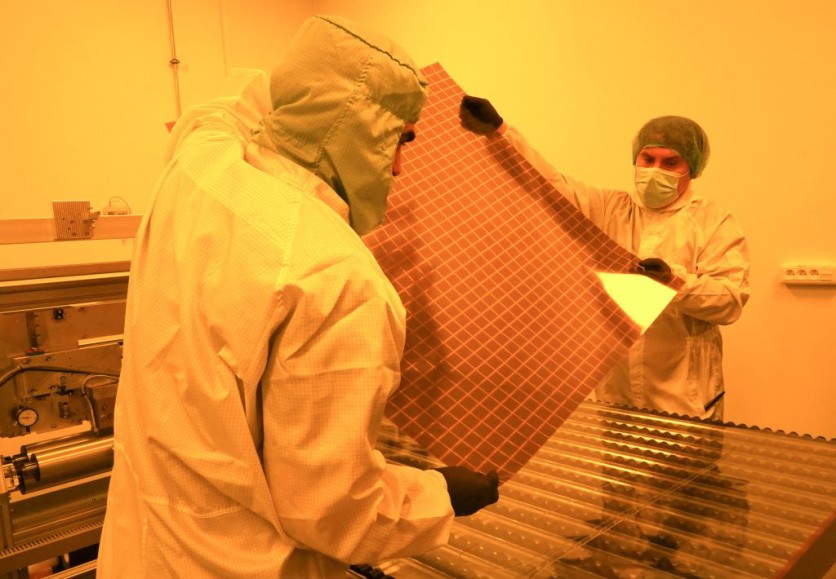Silicon is a common, naturally occurring semiconducting material utilized in various applications, including computer central processing units (CPUs), semiconductors, and solar cells. However, mining and purifying this material is expensive.
But perovskites have recently shown much promise as a substantially less expensive, equally effective substitute for silicon in solar cells and detectors. They may become much more effective, according to a study led by the University of Rochester optics professor Chunlei Guo.

Creating Perovskites
Perovskites are commonly created in a wet lab by researchers, who then place the material as a film over a glass substrate and investigate its possible uses.
Guo suggests an original, physics-based strategy instead. He and his coauthors discovered that they could boost the perovskite's light conversion efficiency by 250 percent using a substrate made of either a layer of metal or an alternating layer of metal and dielectric material.
Guo claims that simple mechanical engineering in a dry lab is equivalent to sophisticated chemical engineering and that the new findings may be especially helpful for future solar energy harvesting.
According to Guo, photons from sunshine must come into contact with and excite electrons in a solar cell in order to cause the electrons to leave their atomic nuclei and produce an electrical current.
The solar cell should ideally use weak materials to draw the excited electrons back to the atomic cores and stop the electrical current.
Read Also : 'Solar Rooftops:' Farmers Are Using Distributed Solar Panels On Walls and Roofs To Promote Green Farming
250% Boost
Guo's lab showed that such recombination could be decreased by mixing a perovskite material with either a layer of metal or a metamaterial substrate comprised of alternating layers of silver, a noble metal, and aluminum oxide, a dielectric.
According to Guo, this led to a notable decrease in electron recombination through a variety of surprising physics.
The ability of the electrons to recombine with the holes is weakened as a result of the metal layer acting as a mirror and creating reversed images of electron-hole pairs.
The team was able to see the consequent 250 percent boost in light conversion efficiency using a simple detector.
Before perovskites are useful for applications, several difficulties must first be overcome, including their propensity to degrade quickly. The search for better, more stable perovskite materials is currently in full swing.
"As new perovskites emerge, we can then use our physics-based method to further enhance their performance," Guo said in a statement.
This study was funded by the National Science Foundation, the Army Research Office, and the Félix & Melinda Gates Foundation.
The findings of the research were further detailed in Nature Photonics.
Related Article : 'Solar Facade': These Embedded Solar Panels Produce 50 Times More Power Than Standard Panels!

ⓒ 2026 TECHTIMES.com All rights reserved. Do not reproduce without permission.




